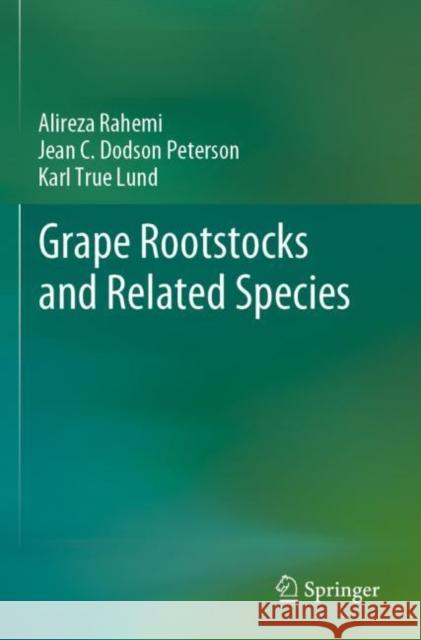Grape Rootstocks and Related Species » książka
topmenu
Grape Rootstocks and Related Species
ISBN-13: 9783030994099 / Miękka / 2023 / 201 str.
Grape Rootstocks and Related Species
ISBN-13: 9783030994099 / Miękka / 2023 / 201 str.
cena 327,68 zł
(netto: 312,08 VAT: 5%)
Najniższa cena z 30 dni: 325,42 zł
(netto: 312,08 VAT: 5%)
Najniższa cena z 30 dni: 325,42 zł
Termin realizacji zamówienia:
ok. 20 dni roboczych.
ok. 20 dni roboczych.
Darmowa dostawa!
Kategorie:
Kategorie BISAC:
Wydawca:
Springer Nature Switzerland AG
ISBN-13:
9783030994099
Rok wydania:
2023
Ilość stron:
201
Wymiary:
23.5 x 15.5
Oprawa:
Miękka
Dodatkowe informacje:
Wydanie ilustrowane











